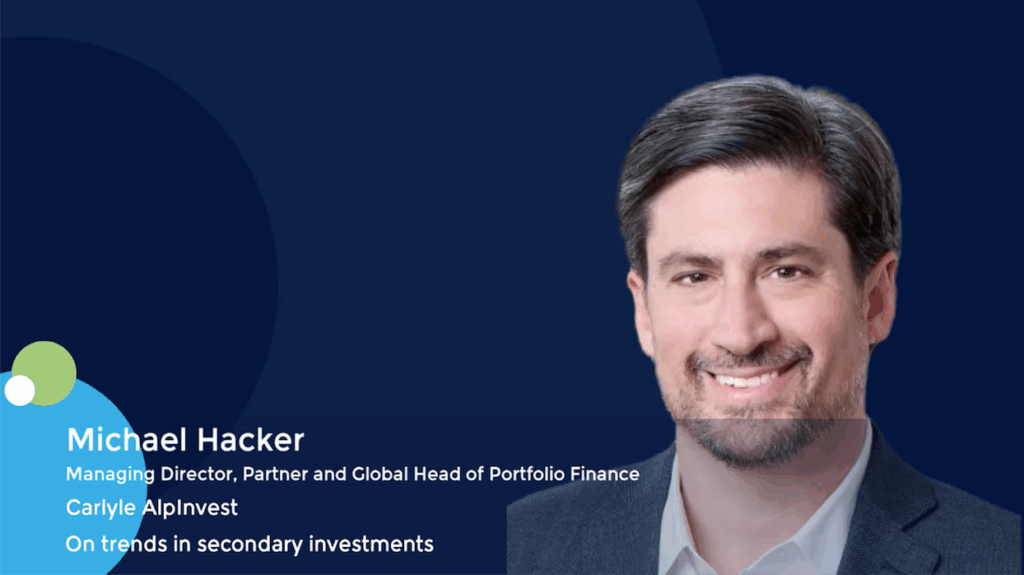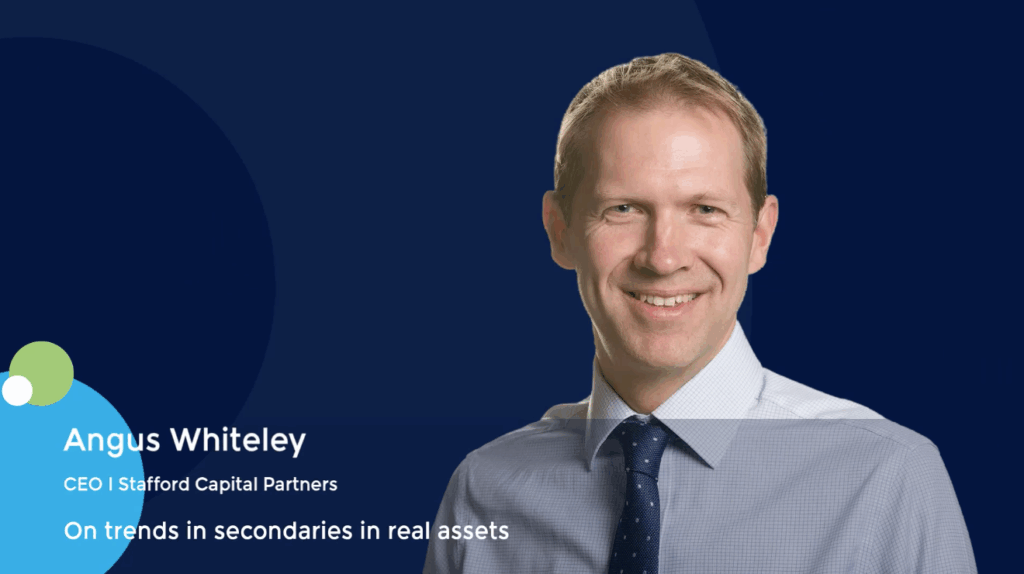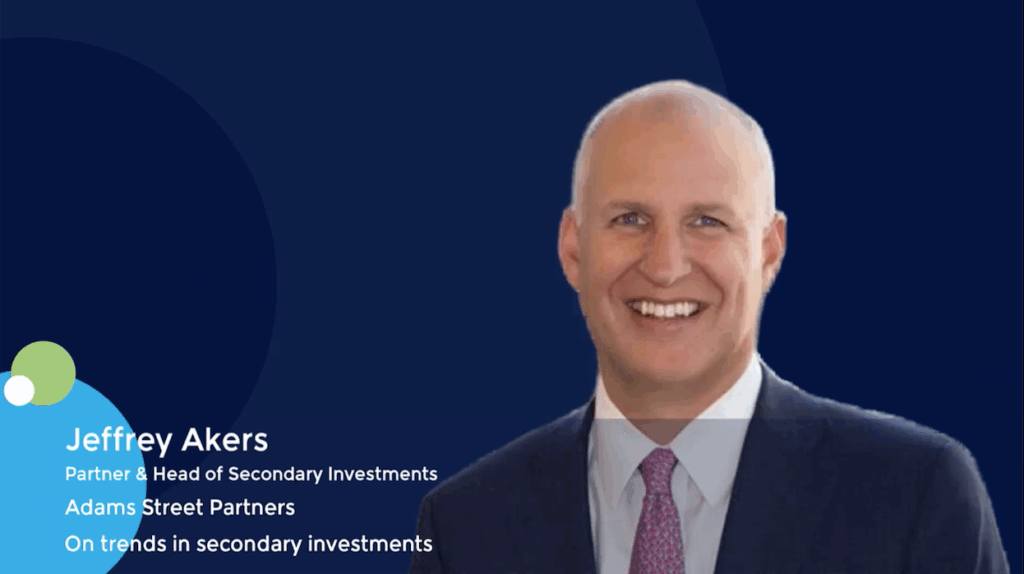Morgan Stanley marches to contrarian beat in Asia’s LP community
Pamela Fung likes to be contrarian, looking twice at markets often overlooked by others. This is what led Morgan Stanley Private Equity Solutions (PES) into Indian private equity before it was fashionable as an early backer of Kedaara Capital in 2012, and into South Korean venture capital in 2014, anchoring an Altos Ventures fund that has delivered a trio of unicorns, two fully exited.
“In Asia, markets change quickly, and so opportunity sets change quickly. When we talked to investors about India, they would say, ‘No DPI [distributions to paid-in], no track record,’ but you must take a forward point of view,” said Fung, who serves as a managing director at PES, a unit of Morgan Stanley Investment Management that builds multi-manager PE and VC portfolios.
“The lack of performance in the past doesn’t mean there won’t be outperformance in the future. You really have to dig in and ask what elements will be relevant for the go-forward case.”
In 2011, when Kedaara launched, India was dealing with the hangover from a pre-global financial crisis boom. More than USD 37.7bn had been put to work between 2006 and 2008, according to AVCJ Research. However, average annual exit volume for 2009 through 2012 was just USD 3.7bn. LPs quickly became reluctant to re-up, resulting in a significant slowdown in fundraising.
“There was no DPI coming out of India from the 2007-2008 vintage. There was complete frustration with the Indian market in the latter half of the decade,” Manish Kejriwal, Kedaara’s founder and managing partner told AVCJ in an interview earlier this year.
The firm sought to address the core of these frustrations by focusing on four key principles: a hyper-sensitivity on entry valuations; a willingness to execute buyouts as well as minority investments; an emphasis on operational value add; and a fixation on ensuring multiple exit routes.
Kedaara could offer relatively little in the way of relevant track record, based on what the three founders had previously done at Temasek Holdings and General Atlantic. However, PES was sold on the firm’s thesis and believed there could be rich pickings for investors who got in early on India’s revival.
“We saw signs of the market turning – a point of view we developed talking to Morgan Stanley Research – and then Kedaara came out with a specific strategy saying, ‘This is what’s wrong with India private equity and this is how we are going to address it,’” said Fung.
PES was one of the largest participants in the first close of a USD 540m debut fund that took two years to raise. Since then, investor sentiment on India has turned full circle, helped by the market leading the way in Asia for exit proceeds in recent years. Kedaara’s first fund has performed well, and its fourth vintage closed above target on USD 1.74bn last year after three-and-a-half months in the market.
Top-down approach
Morgan Stanley Investment Management has USD 1.6trn in assets under management, of which USD 240bn is held in alternatives, including private equity, private credit, real estate, infrastructure, and hedge funds. PES is responsible for a portion of this; the exact size is not disclosed. The team has deployed over USD 27bn across primaries, secondaries, and co-investment since its formation in 1999.
PES draws on multiple pools of capital, from commingled vehicles to separately managed accounts, that vary in terms of geographical exposure. Morgan Stanley declined to comment on how much PES has invested in Asia. For most global institutional investors of similar type and scope, the percentage allocation to the region is usually in the low to mid-teens.
PES targets the lower mid-market globally, which means it is unlikely to feature in funds above USD 3bn. In Asia, where USD 3bn would be large for managers outside the blue-chip pan-regional set, the sweet spot is further down the spectrum. Commitments per fund tend to be in the USD 20m-USD 60m range, with an emphasis on more specialised GPs that clients cannot access independently.
“We take a top-down view on each market. We do surveys, we meet with as many GPs and other stakeholders as we can to figure out the private equity dynamics, and then we overlay the macro with help from Morgan Stanley Research,” said Fung. “And we are selective. We have a relatively concentrated portfolio, and we may only back one PE manager and one VC manager in each market.”
The notion of a pivot towards developed Asia plus India – a general trend in the LP community – doesn’t sit easily. While PES is increasing its exposure to India, having done little in the market for 20 years pre-Kedaara, this isn’t necessarily coming at the expense of China. According to Fung, activity began to scale back before the peak when it became apparent that valuations were spiralling out of control.
“We didn’t add much China exposure during this period; anything we did had to be more deliberate and sector specific,” she said. “We feel comfortable with what we have built over the past decade, and there are a lot of interesting themes in China worth keeping an eye on.”
In the same contrarian vein, there is a willingness to look at currently unloved Southeast Asia – “it’s fragmented, there are a lot of family businesses, there are opportunities to professionalise, and you don’t need a big exit to get a great return” – and a wariness of the feeding frenzy in Japan. That said, relying on its bottom-up approach, PES has exposure to Japanese private equity managers.
Developed Asia VC
Commitments to Japan buyout and growth funds amount to USD 36.3bn since 2000, an 81% increase on the preceding five-year period. In 2023 and 2024 alone, USD 18.7bn was raised. Change in the country’s venture capital space hasn’t been so marked, with fundraising rising 31% across the same two periods. The USD 2.3bn total for 2024 trails the 10-year average of USD 3bn.
PES believes it’s a good time to lean in, encouraged by the capital-efficient mindset of Japanese entrepreneurs and a discipline within the local venture capital community, demonstrated through strong due diligence, sensible entry valuations, and an ability to manage from entry to exit.
“The challenge in Japan is VCs mostly raise capital from local LPs, which have shorter time horizons. VCs end up exiting companies early at valuations that aren’t interesting to international investors,” said Fung.
The hope is that Japan can replicate some of the success PES has enjoyed in Korea with Altos, anchoring the debut fund of USD 60m and – like Kedaara – continuing to support the manager through subsequent vintages. Fund V closed on USD 500m in 2024. Capital efficiency was the starting point.
“In our view, markets must be capital efficient; that’s a hallmark of our VC programme,” said Fung. “China wasn’t that. Customer acquisition costs were high because everyone was throwing dollars at marketing as they tried to become the biggest company the quickest, which is why we were underweight China. But companies in the Altos portfolio would barely touch the capital that was invested.”
Various reasons are given for Korea’s capital efficiency: a dense, Seoul-centric urban population that lends itself to word-of-mouth marketing; less competition than China; and engineering costs far below the US and China. None of this would matter without the right manager, and PES found it in Altos.
It was a long courtship. Founded in 1996, Altos initially made investments in the US with backing from a Korean chaebol. A US-based partner at PES reviewed the GP in the early 2000s and referred the opportunity to the Asia team when Altos reached out in 2012, outlining plans to raise a Korean fund.
Until this point, investments in Korea had been sporadic. Speaking to AVCJ in 2024, Han Kim, the firm’s founder and general partner, said there were nine between 2005 and 2013. Regardless, Kim was well-known in his home market. Attending an Altos event in Korea, Fung recognised that local start-ups saw him “as a kind of godfather,” soliciting his advice and appreciating his involvement.
This translated into deal access. By 2014, Altos had raised the fund, put a team on the ground, and backed 25 start-ups. They included Woowa Brothers, a food delivery player bought by Delivery Hero for USD 4bn in 2020, and Hyperconnect, a social media platform acquired by Match Group for USD 1.73bn in 2021. The fund still holds Viva Republica, a payments business valued at USD 7.4bn in 2021.
Korea VC fundraising remains fitful, reflecting a market that lacks depth and relies heavily on local LPs. VC investment in Korean start-ups, however, rose from USD 633m in 2013 to USD 1.3bn in 2014 and topped USD 6bn in each of 2021 and 2022. It has since moderated but remains around USD 3bn.
Navigating volatility
One of the challenges for PES is ensuring its strategy is sustainable amid macro volatility and difficult fundraising conditions. Commitments to Asia-based managers, outside of the renminbi-denominated fund space, reached a 10-year low in 2024, and there is a sense that LPs are gravitating toward familiar names and strategies, which may adversely impact contrarian bets that lack broad-based support.
While the same manager qualification criteria apply – and PES doesn’t have rigid annual deployment targets – the timing of commitments is increasingly important. Anticipated timelines are already being disrupted as GPs slow deployment and spend longer in the market when they eventually get there. A worst-case scenario would be participating in a first close for a fund that never reaches a final close.
“The Morgan Stanley name means a lot, so GPs like us to come into the first close. But from our perspective, if we’re going to be left hanging for two years, maybe we are better off participating in a later close,” said Fung. “There must be a unique angle for us to come in early. For example, are we getting co-investment?”
PES is a nimble co-investor, writing cheques on par with its fund commitments and building exposure to growth capital as well as buyout situations. In the former, investment bank-brokered up-rounds for technology companies have always been rejected. Alignment with the GP – it must have skin in the game, do its own due diligence, have influence over the portfolio company – is paramount.
Co-investment can boost returns, but the overarching question remains as to whether returns out of Asia are good enough. This feeds back into the fundraising issues for a region that is perceived to have trailed other geographies in terms of distributions.
According to Fung, LPs increasingly want to be compensated for the risk they take in investing in Asia. A net 20% IRR may not be sufficient when mid-market managers in the US are generating 25%-plus and co-investment brings further upside. However, attractive returns are available in Asia for those willing to look.
“The median return is on par across North America, Europe, and Asia,” she said. “If you look at the average within the top quartile, however, Asia does outperform. Manager selection is very important – thinking about when to invest in a fund, getting access to co-investment and secondaries, and really doing your work and taking a forward point of view.”











